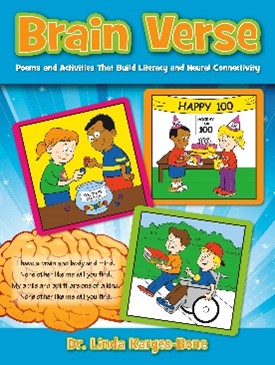Talking Numbers and Nanny Life
“Not everything that counts can be counted and not everything that can be counted counts.” Albert Einstein
This famous quote attributed to Einstein is fitting for a Nanny Life chat because so much of what one does when working with young minds and hearts is difficult to quantify. These small but powerful “teachable moments” often deal with ordinary life and emotions, rather than curated lessons or planned activities. Yet, as one strings together dozens, perhaps hundreds of small events and opportunities, they form a template for “Numerical Literacy” that builds a sound and functioning brain.
What is “Numerical Literacy”? It is the individual’s ability to use numbers and number concepts in a fluid and functioning way. Sometimes called Numeracy or Mathematical Literacy, this skill set ( and it is a set) will be used for purpose, to analyze, predict, solve, and apply. It is a kind of reasoning and it depends on LANGUAGE first. Yes, language. In order to use math, one must be able to “Talk Numbers”. And that’s today’s Nanny Chat. How can we gracefully, organically, yet strategically infuse the language or words of mathematics into our daily routine? I like everything with young children, in this case littles between 12 and 36 months to align with sensory experiences. Don’t you?
1.Talking and Tasting Numbers. We start here because eating and sharing food is such a primal experience. Seize this opportunity to:
*Count the tater tots or chicken nuggets. Do it together. Tap each nugget with a fork.
*Compare and Contrast produce during a walk to the market. Ask: Is this orange bigger or smaller than this orange? Do we have more apples in our basket today or more oranges? Look! The grapes are together in a bunch, but the pears are alone. They are single.
- Talking and Touching Numbers. Choose activities that promote multiple skills and movement along with number sense. Think of “whole body” experiences. For a start, simply add clapping and snapping and stomping to simple activities and count aloud as the task progresses.
*Lacing cards develop fine motor skills and a sense of order that is the stage upon which the number line will eventually be set.
*Blowing bubbles together: use terms that are correct such as many, few, large, small, tiny, giant.
- Talking and Smelling Numbers. Cooking and the arts come into play here. Use both to build number sense.
*Add essential oils or spices to finger paint and/or play clay and then use words to coax number sense. Look! Use made a star, circle, diamond….and it smells like ginger. Wow! I see a smiling cat on your painting paper! Let’s put two ears on him. Let’s smell the minty green paint you are using as we count….1, 2.
*Make healthy snacks together such as “Ants on a Log”. Spread nut butter or cream cheese on a celery stick and then count out raisins or cranberries to become “ants”. Go crazy with it and sing the “Ants go marching one by one” tune.
- Talking and Seeing Numbers
Remember, littles are in a concrete stage of development and the connection between an actual printed number and what it represents is developing. Notice my active verb. This is not something that happens at once. YOU and the BABY and building it over time. So show them printed numbers casually, not so much causally!
*I will suggest a workbook that I designed for parents and nannies and pre-schools. It is “Brain Verse” and it has a dozen read aloud seasonal poems and activity pages that help to develop number sense. These include a maze, tracing pages, and counting pages for each concept, such as “Winter” or “Valentine’s Day” or “Springtime”. Here’s the link to a video. Brain Verse – YouTube
*To further develop a visual sense of numeracy, employ ordinary tasks infused with play. Go with colorful, sensory experiences with numbers. I like two things especially: magnetic numbers on a cookie sheet or refrigerator door and foam numbers in the tub. Both allow for interaction and play.
- Talking and Hearing Numbers
Song is a nanny’s secret weapon. It is both a distraction and a tool. Adding song or rhyme connects neurons. A skilled nanny has a song for everything. And he or she can add number concepts to almost any song. The “Wheels on the Bus”? How many? If you’re happy and you know it stomp your feet. How many? Here are some more.
*Seek daily story time books that promote literacy. Look for both fiction and non-fiction titles. Here’s a website that gets one started. 40 Children’s Books That Foster a Love of Math | Development and Research in Early Math Education (stanford.edu)
*Ask questions and listen as littles respond. Be sure to “shape” their responses through active listening. Here’s an example. “Let’s go check the mailbox. Is it near or is it far away? Toddler Responds. “Mailbox”. “Good! Let’s go to the mailbox. It is far from the door. Let’s count our steps together. Ready, set, count!”
Wrapping It Up
Nannies play an important role in the development of numerical literacy. Making deliberate choices to organically, naturally infuse the five senses into daily tasks and outings and most importantly, conversations as one “talks numbers” will result in an intelligent, inquisitive, mathematically insightful child.
The US Nanny Association thanks all the nannies, advocates and business leaders who provide practical tips and insight to elevate our industry. Thank you for sharing your expertise.

